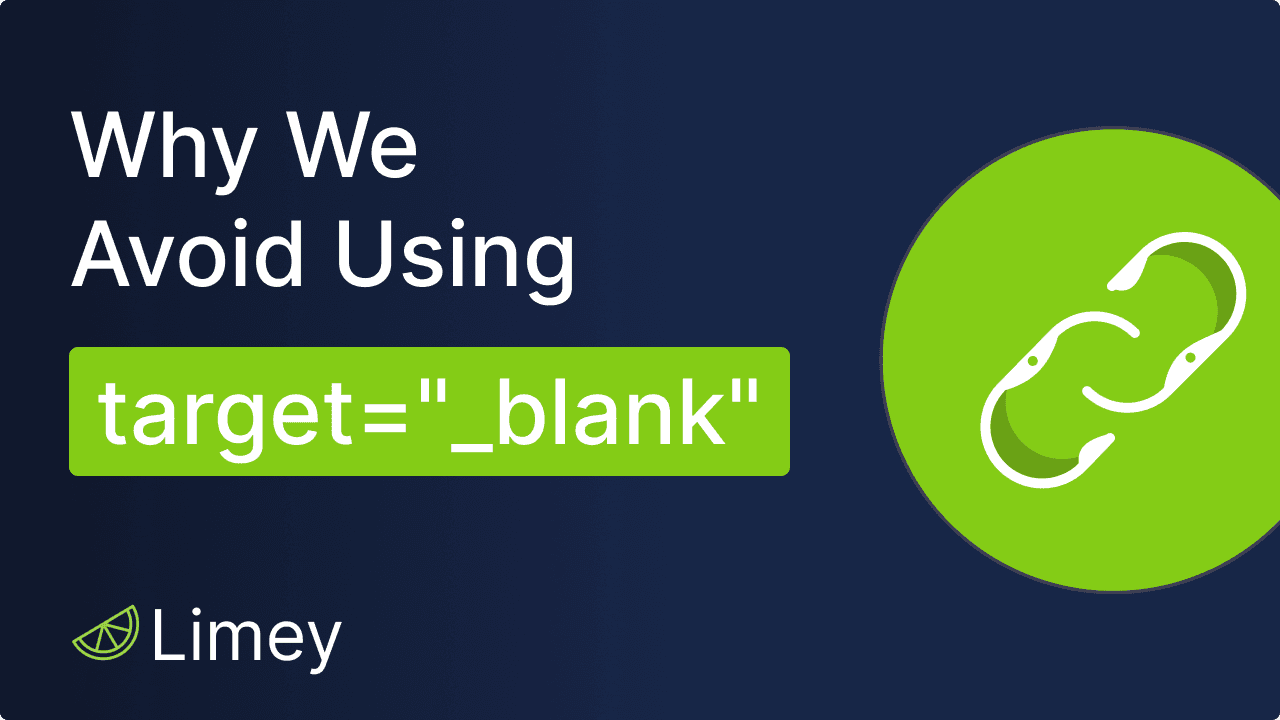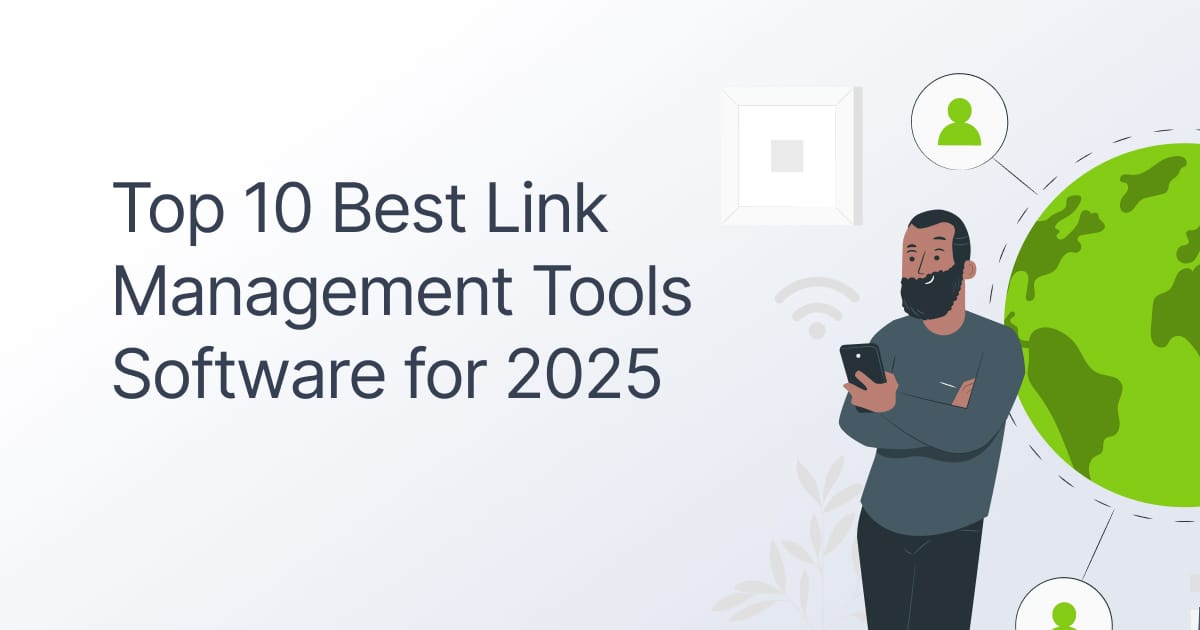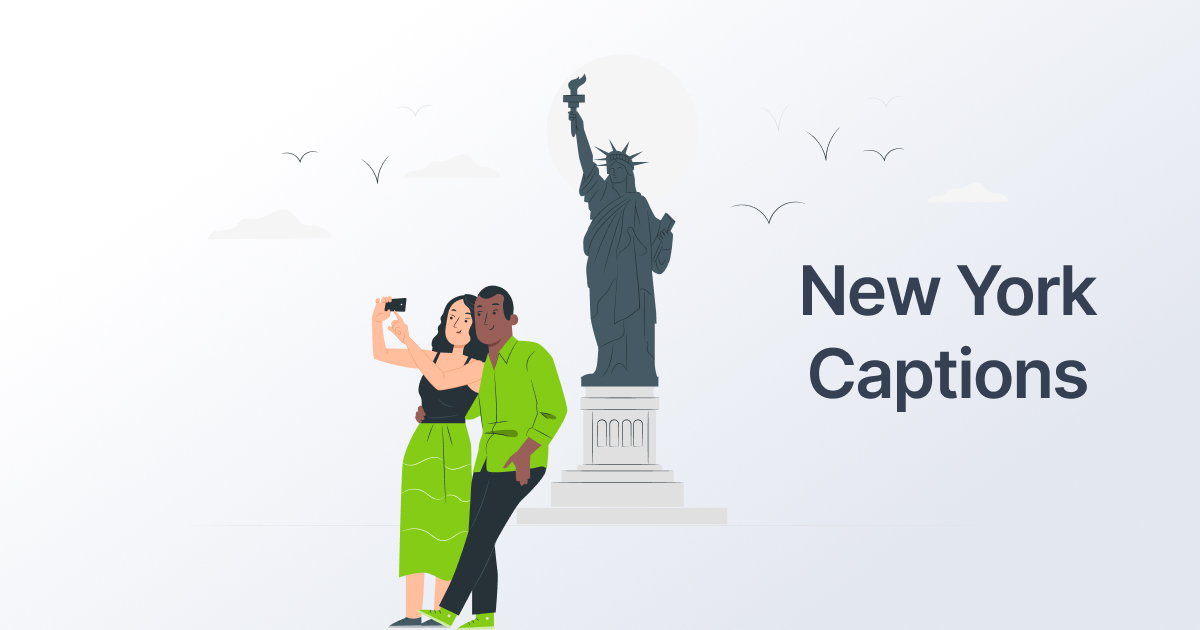Web Developer LinkedIn Profile: 5 Tips to Rise Above the Competition
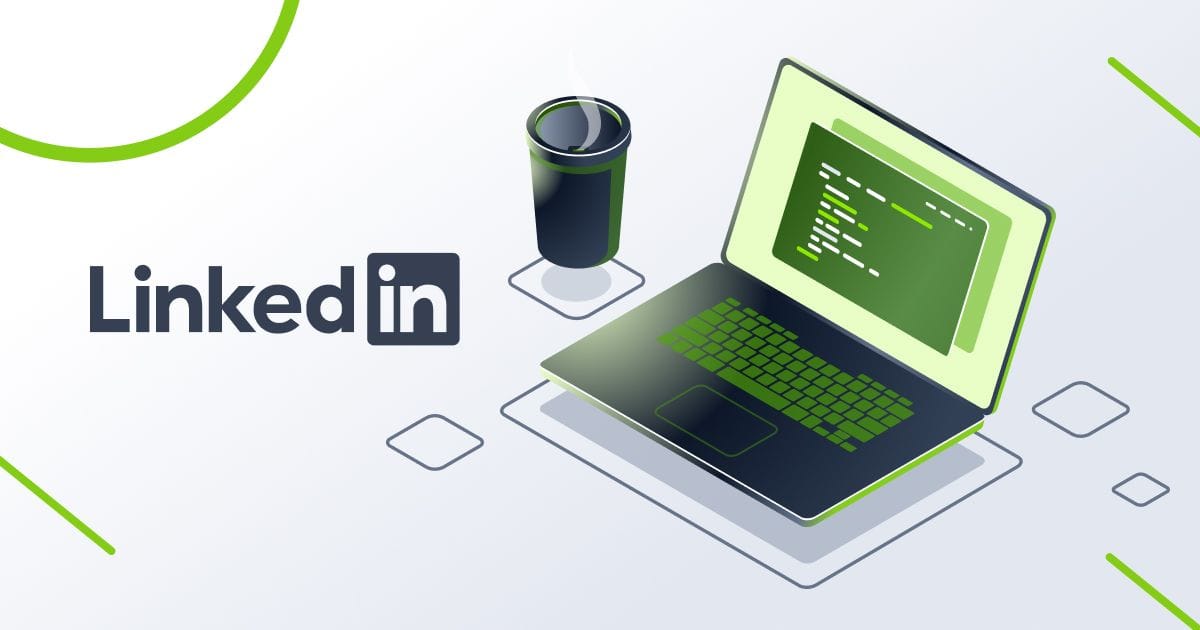
Table of Contents
Just a few weeks ago, Meta – Facebook’s parent company – made one of the largest layoffs in its history. Roughly 13% of the company’s workforce was trimmed out, with over 11,000 people affected across multiple departments. Shortly after Elon Musk’s Twitter takeover at the beginning of the month, the company let go of an estimated half of its workforce, amounting to about 3,700 layoffs.
This trend has been going on for a while and might continue for a few more weeks — or months. Other notable companies that have let go of their employees include Lyft, Snap Inc., Amazon, etc.
What does all this mean? Simply put, now, more than ever, the job market is becoming increasingly saturated with highly skilled professionals. These individuals, including web developers from the biggest tech companies in the world, have all the experience, references, and business relationships they need to land new jobs.
If you must compete favorably with them as a web developer, it’s incredibly important that you tick off a few vital boxes, especially your LinkedIn profile. In this article, we’ll walk you through the necessary steps required to create the best web developer LinkedIn profile that you possibly can.
5 Tips to Improve Your Web Developer LinkedIn Profile
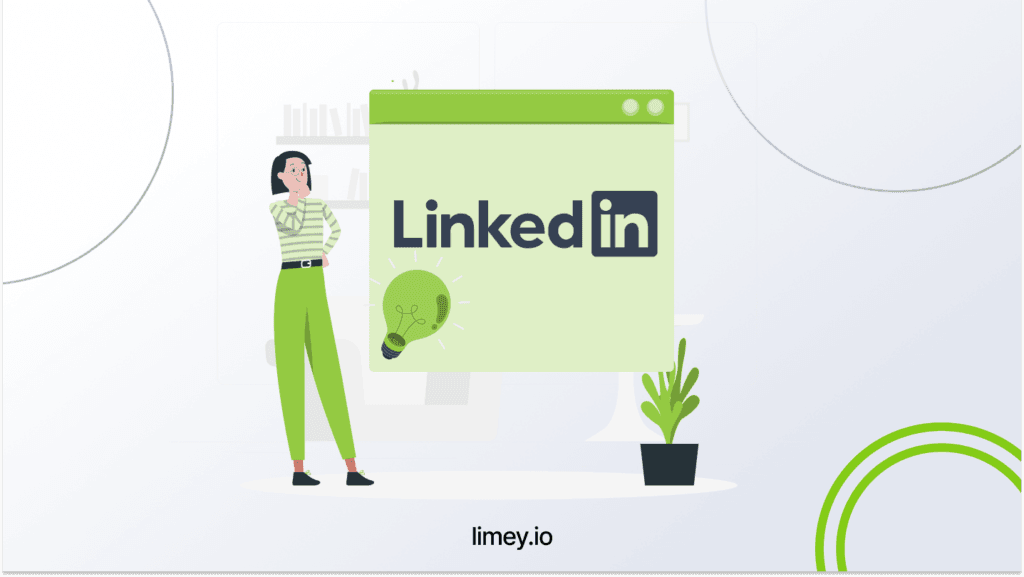
Among several other interesting facts about LinkedIn, it’s intriguing to note that the platform currently has more than 57 million businesses listed. Beyond that, there are over 65 million decision-makers on the platform.
In essence, the opportunities to connect with businesses and be noticed by the people who matter are limitless from the perspective of any single web developer. But, as we mentioned earlier, you have to put in the work to make sure that happens. The following tips should help you achieve that purpose:
1. Make a Great First Impression

As soon as a potential employer or client opens your LinkedIn profile, the first thing they see is the top half of your page, otherwise called the introduction section.
It contains your background/header image, profile picture, name, and headline. If you’ve switched to a creator account, LinkedIn will also display a quick highlight of your interests and a link to your preferred landing page or online resource.
Whatever you put here will go a long way in determining the first impression of your recruiter or client. If you get it right, they’ll likely keep scrolling to learn more about you. Otherwise, you might’ve just passed on a valuable opportunity to roughly 200,000 web developers competing with you in the United States alone.
To make the most of your introduction section, here’s a quick breakdown of each component:
Background Image
For starters, ensure that you have the right format and size. JPG or PNG will do well enough. The image size should be no more than 1584 x 386 pixels. Otherwise, you’d probably have to crop the image.
There’s no set rule for the specific type of picture to upload. As a job seeker, you could upload a copyright-free photo that depicts your enthusiasm for tech.
Alternatively, you could include any notable projects you’ve worked on. The text could be “Built abc.io, xyz.com, lmn.to.” You could upload their logos instead of their website URLs for better visual appeal. This, however, is only advisable if the companies are fairly well known.
As an independent contractor or an agency, you might want to include a quick design showing vital information like what you do and how they can reach you or a tagline of some sort. Either way, it should reinforce your value proposition and/or your brand identity.
If you need inspiration, you could look at the profiles of other web developers on LinkedIn.
Profile Picture
There are a few key rules you can’t neglect in your profile picture:
- You’re the only one that should be in the photo. Any more than that and you might leave your profile viewer confused about which of the individuals is you.
- Keep it professional and avoid distracting elements, including an overly active background, messy hair, or a shirt with too many inscriptions unless you’re reinforcing your brand identity.
- Use a high-res photo. If you’re feeling passionate, book a session with a professional photographer. Otherwise, you can simply have your friend take a great picture. Any smartphone with a decent camera will do.
- Smile, but not too much. The only exception to this rule is if you’d rather present yourself as serious per your personal brand.
- Ensure that your face takes up a significant portion of the frame. Don’t zoom out excessively. Almost all the time, the picture doesn’t need to go lower than your torso.
Headline
The consensus in this section is that clarity beats cleverness and wordiness all the time. It might be tempting to showcase your many talents by filling up your headline with something like “Web Developer | NFT Enthusiast | Digital Marketer | UI/UX Designer.” But, the only thing this does is confuse your profile viewer about what you stand for.
Plus, these fields of interest require an extensive amount of time to master. Having them all in your headline gives the impression that you’re not good enough at any one of them to be considered for a role or a project.
If you’re a job seeker, you could simply outline your role and proficiencies or frameworks very briefly like so: “Frontend Web Developer for XYZ Companies – React | Angular | Vue.js.”
If you’re an independent contractor or an entrepreneur, you could highlight your value proposition in a few words like so: “Software Engineer – I Build SaaS Products that Scale.”
You’re free to get as creative as you want but remember that clarity is what you should aim for.
2. Write a Killer Summary and Optimize for Discoverability
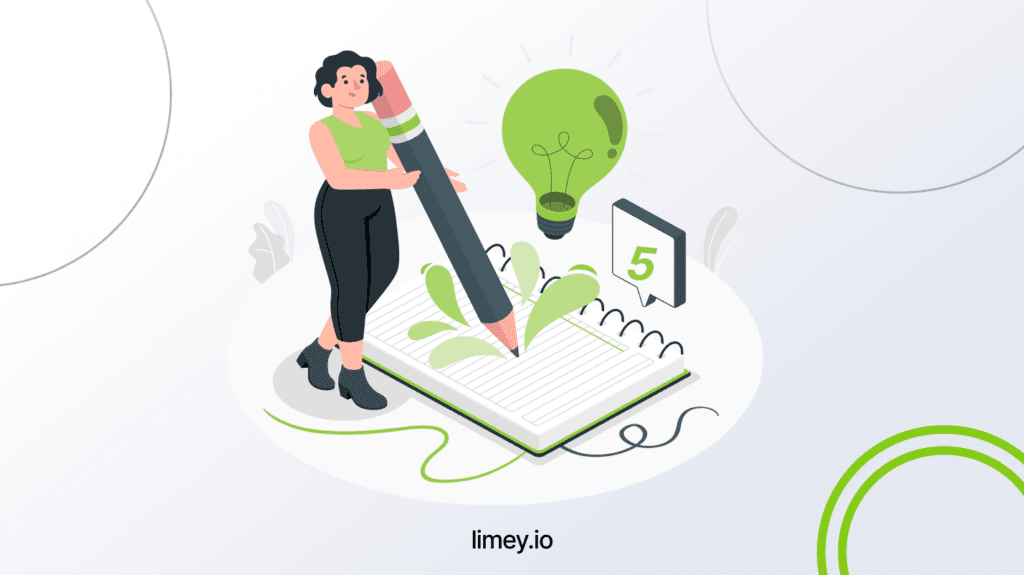
The easiest way anyone can find you on LinkedIn is by typing in your name and searching for you directly. Alternatively, they could simply click your link from your resume or personal landing page. But, this means they have to know you, and, with recruiters/clients searching for web developers from scratch, that’s not very likely. What’s more likely is that they’ll search for web developers and filter down to specific locations.
If the keywords in your bio/summary and headline match their inquiry, you’ll pop up on their screen, and you may get their attention. Otherwise, you’ll remain obscure. The second option is clearly the least preferred. So, here are a few things to note when writing a summary:
- Feel free to tell your story. It adds a level of personality to your content that’s often missing in the robotic description of experience and achievements that many web developers have. But be sure that you’re not overdoing it. There’s no need to go into explicit detail about every job you have. The “story” part is meant to be a preamble that will transition into your experience and noteworthy projects.
- Outline what you can do and what you have done before. Specifically, if you’ve worked on any project that’s worth mentioning, be sure to say it. Also, mention whatever impact you had on your team. There’s no need to be humble if you worked on a feature that improved user experience by x%.
- Infuse keywords wisely. Some of the most popular ones in web development include “web developer,” “software engineer,” “programmer,” etc. There are hundreds of others, and sometimes, your preferred framework could be a keyword that your prospector types into LinkedIn. The most valuable advice here would be to decide what you want to be known for and optimize for that. Do not try to put every single thing in there.
- Make it readable. A large block of text would turn nearly every internet user off. Break your sentences, reduce paragraph length, use more bullet points when making lists, etc.
- Add a call to action of some sort. This is particularly important if you’re an entrepreneur or independent contractor selling your web development services.
3. Share Your Relevant Experience
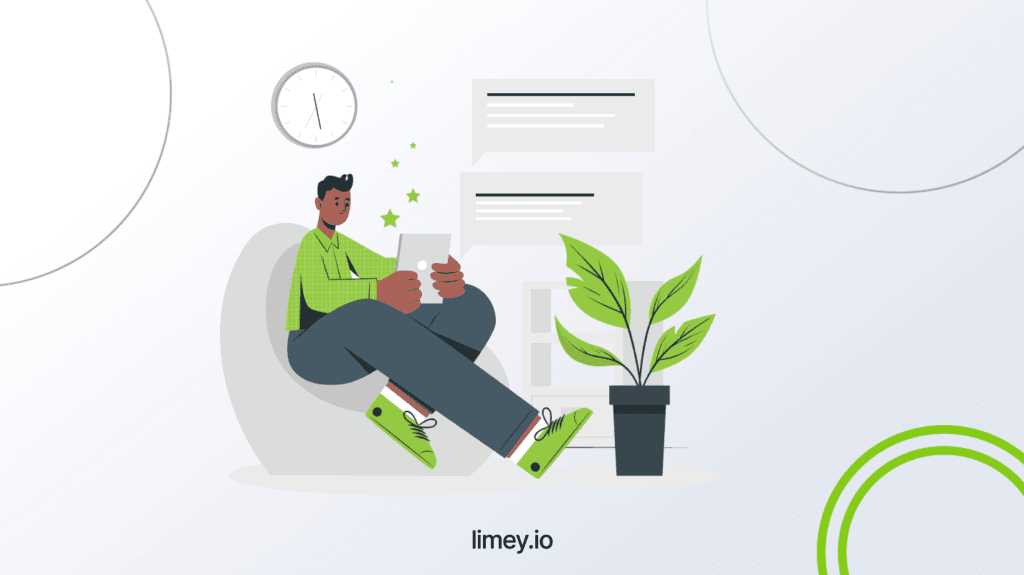
There is a small debate about how to share your experience on LinkedIn.
Some might say that, just like your resume, you should tailor your LinkedIn experience section to the job you’re looking for. This is a valid point, especially if you’re actively seeking jobs instead of casually keeping your LinkedIn page updated while holding another job. Other people on the opposite end of the spectrum believe it’s fine to include all your work experience as you never know what might flip the recruiter or client in your favor.
For example, a web developer who’s worked in marketing before might be excellent for a startup that needs someone who can develop and write web copy as well.
Our take on the issue? It depends on the type of jobs you’ve worked in the past and what you’re looking for going forward.
If your previous jobs are related to web development, it might be a great idea to share them on LinkedIn. For example, if you’re transitioning from UI design to web development, it’s not a bad idea to share your previous experience.
But, if you’re coming from something entirely unrelated, like a waiter at a local restaurant back home, you might want to skip out on including that bit of experience in your profile. This is especially important if you’re a web developer without enough experience in the field. Your other jobs would eclipse your development experience, and it would be difficult for anyone not to notice.
That said, while updating your experience section, note that the same stringent rules of brevity in your resume do not bind you. You can go into a few extra details to properly explain your achievements and how you contributed to the improvement of a process.
4. Get Social Proof
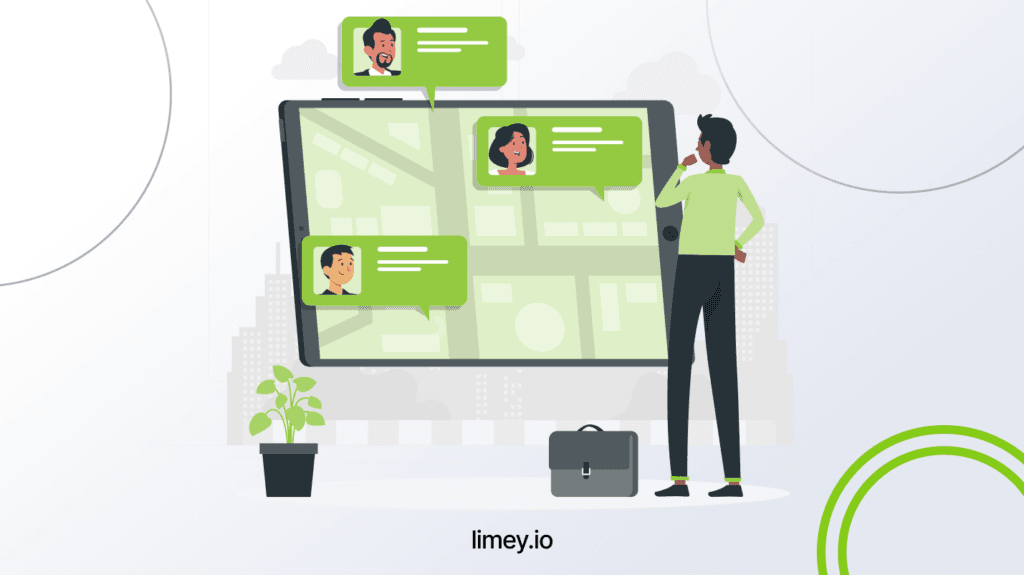
The internet has democratized information dissemination. Anyone can come online and claim to be anything they want, and they just might get away with it. Recruiters and potential clients know this. So, even more than telling them that you’re great at what you do, you need to show them with verifiable evidence.
Two ways to do that on LinkedIn are:
- Taking and passing LinkedIn skill assessments
- Getting LinkedIn recommendations
LinkedIn assessments vary significantly, depending on what field you’re in. As the name suggests, it involves taking a test on a particular skill to ascertain your proficiency. If you pass, you get a badge on your profile to show recruiters that you know exactly what you’re talking about. If you don’t, you can take the skill assessment another day.
Note that these assessments aren’t designed to be easy wins. Even on topics you consider yourself familiar with, you’re likely to find one or two questions that could make you pause for a minute.
An even better form of social proof is the classic recommendation. If you’ve worked with someone on a project before, feel free to contact them for a LinkedIn recommendation. It’s best if the person you reach out to is/was a teammate, a senior colleague, or a client. That way, your prospector can immediately tell that the information is credible.
5. Use the Right Settings
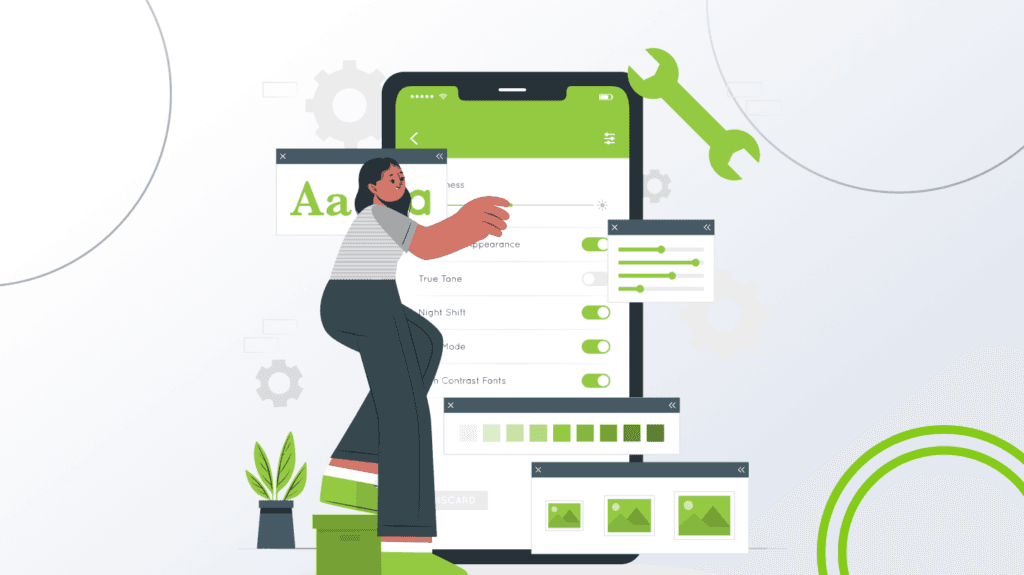
The four tips above are arguably the most important for setting up a killer web developer LinkedIn profile. But it’s still important to ensure you’re not shooting yourself in the foot with your LinkedIn settings.
So, click Account > Settings & Privacy > Visibility > Edit Your Public Profile.
Unless you have a specific reason not to, and it has to be a good reason, make sure that everything on the right side of the screen is on. That way, people can see your profile and all the details you’ve painstakingly created, even if they’re not actively following you or connected with you on LinkedIn.
How to Master Your LinkedIn Game as a Web Developer
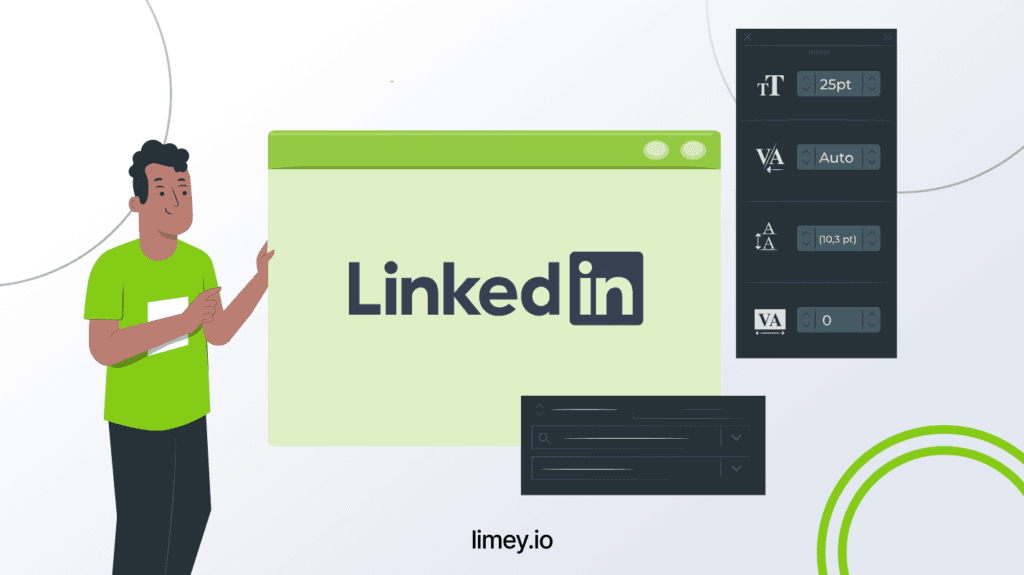
Several experts have spoken about this, including Danny Thompson, an expert software engineer who has successfully grown his LinkedIn profile to more than 70k followers.
If we were to give our quick take on the issue, we’d say that mastering your LinkedIn game as a web developer comes down to two important things:
- Creating great content
- Networking excellently
The first might be a little strange, considering that you mainly think in codes and programming languages. But, if you want to demonstrate expertise in web development to decision-makers that matter, you’ll have to share content that taps into your wealth of knowledge.
Here’s a four-step process that should help you get started:
- Identify the things you want to talk about. Sample topics include accessibility in web development, startups, software engineering, freelance web development, digital nomadism, etc. You can pick as many as you want, but we’ll advise going for three and sticking with them.
- Read content from other developers and outline what they’re doing that you like. Also, look out for content inspiration but do NOT copy them – not without credit, at least.
- Do a brain dump as often as you can. That is, write out all the ideas that come to mind. Your content doesn’t need to be too long. Just a few sentences and paragraphs will do.
- Refine and schedule for upload.
The most important thing to remember is consistency.
With your content already looking good, the next thing to understand is how to network. Like many other endeavors relating to LinkedIn, there isn’t exactly a right or wrong way to do this. What works for one person might not work for another. But there are a few best practices:
- When networking, do not simply say a “hi” and expect the other person to respond in detail. This is something that Danny emphasizes in his interview with Eric Gong. What you want to do is introduce yourself and get straight to the point of why you’re sending them a message.
- When sending a connection request, it’s best to attach a little personalized note.
- Do not “text blast” everyone with the same pitch message. Many people can tell.
- Understand that LinkedIn has its limits for daily connections and interactions.
- Connect with people who are related or tangentially related to your field. Anything outside of that might amount to filler connections.
- Engage with other people’s posts genuinely. It ensures that your name is constantly somewhere on their feed, increasing their top-of-mind awareness of you. Plus, people like to feel seen.
Final Thoughts: Sharing Your LinkedIn Profile for Increased Visibility
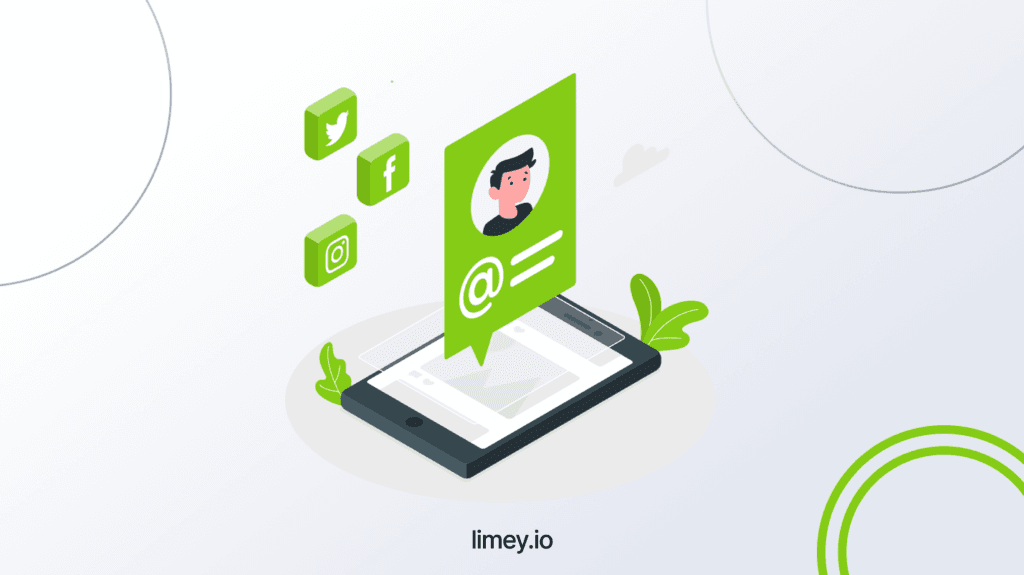
When all is said and done, the whole point of working extensively on your LinkedIn page is to get the right attention and open yourself up to opportunities. While LinkedIn will get you some attention, especially if you are strategic with your keywords, it might not be as dramatic as you’d like, especially if your account is still quite small.
For this reason and many others, you should share your page wherever it makes sense. At the very least, include it in your resume. But if you’re looking for an even better idea, you could build a custom landing page with only a few clicks using Limey. Besides LinkedIn, you can also upload links to your Twitter, GitHub, and blog pages, among others. The benefits are numerous.
Share
Related posts
More PostsStay in the loop.
Get notified when we release a new feature or blog post.
